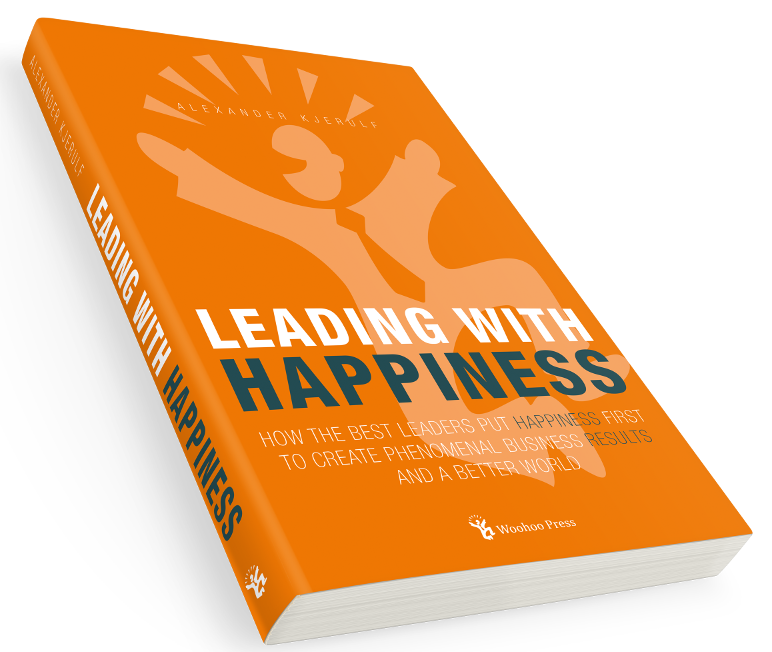When even the Harvard Business School turns on to storytelling, you know its gone mainstream. Which is entirely a good thing. I’ve been using stories a lot in the work I do, and I really enjoy the way an audience will go quiet and lean forward in their chairs when you say “I’d like to tell you a story…”
“Here is our company’s biggest challenge, and here is what we need to do to prosper.” And you build your case by giving statistics and facts and quotes from authorities. But there are two problems with rhetoric. First, the people you’re talking to have their own set of authorities, statistics, and experiences. While you’re trying to persuade them, they are arguing with you in their heads. Second, if you do succeed in persuading them, you’ve done so only on an intellectual basis. That’s not good enough, because people are not inspired to act by reason alone.
And that’s where stories come in, with their ability to talk to the non-rational parts of our minds:
The other way to persuade people?and ultimately a much more powerful way?is by uniting an idea with an emotion. The best way to do that is by telling a compelling story. In a story, you not only weave a lot of information into the telling but you also arouse your listener’s emotions and energy.
For an excellent introduction to storytelling read The Springboard by Stephen Denning.



Leave a Reply